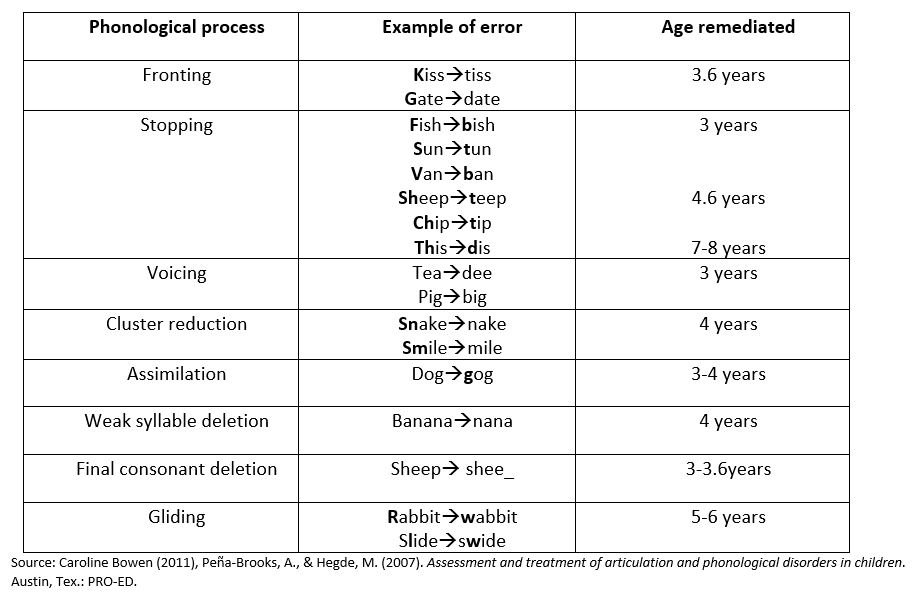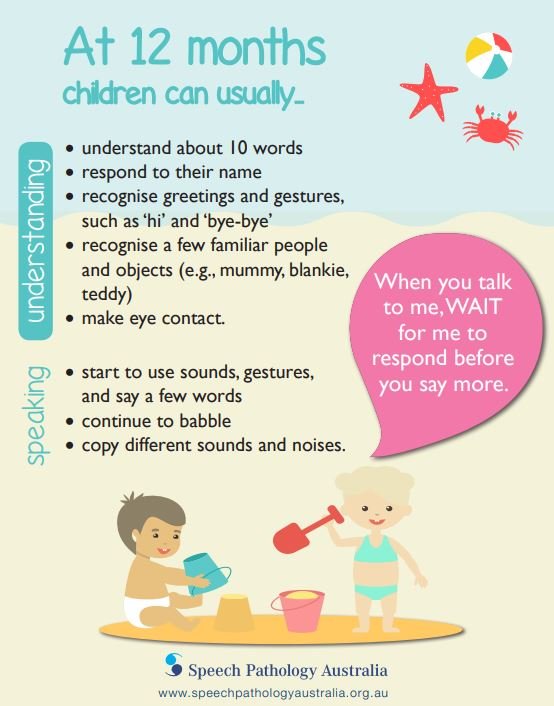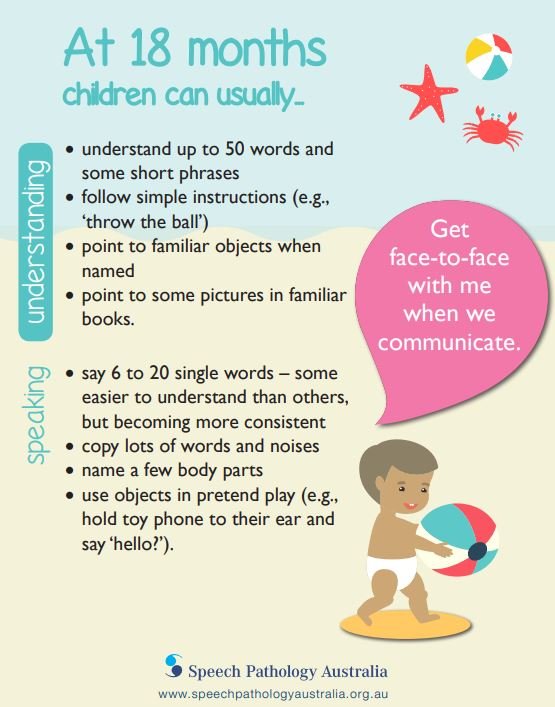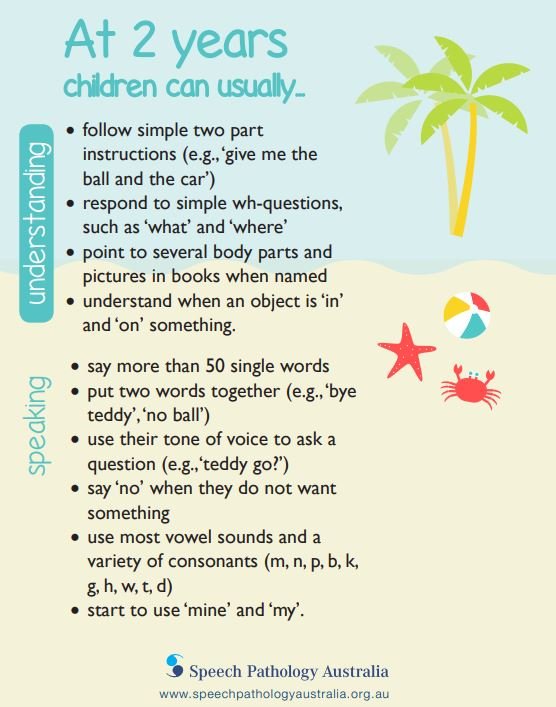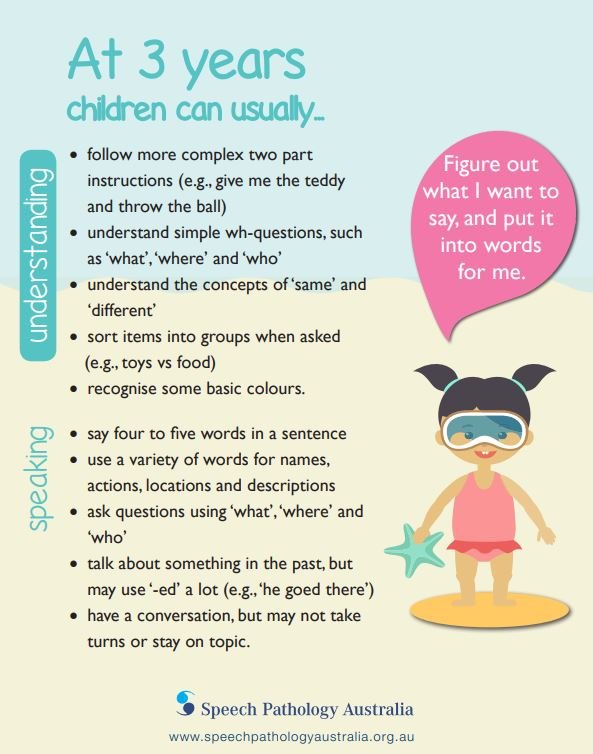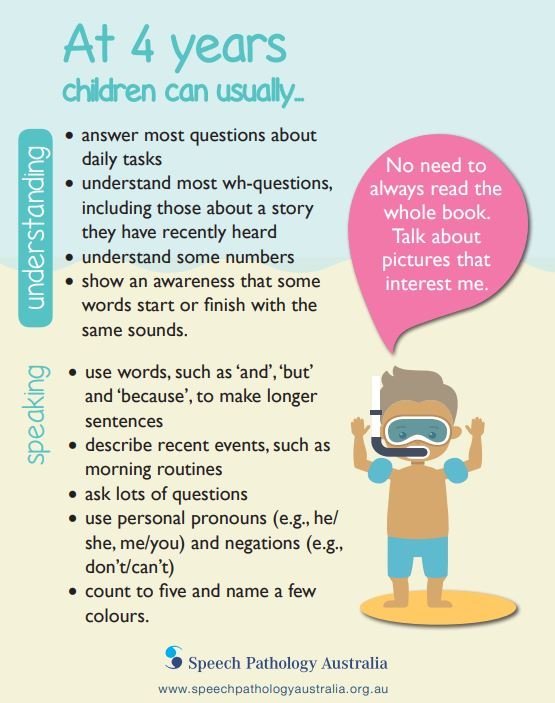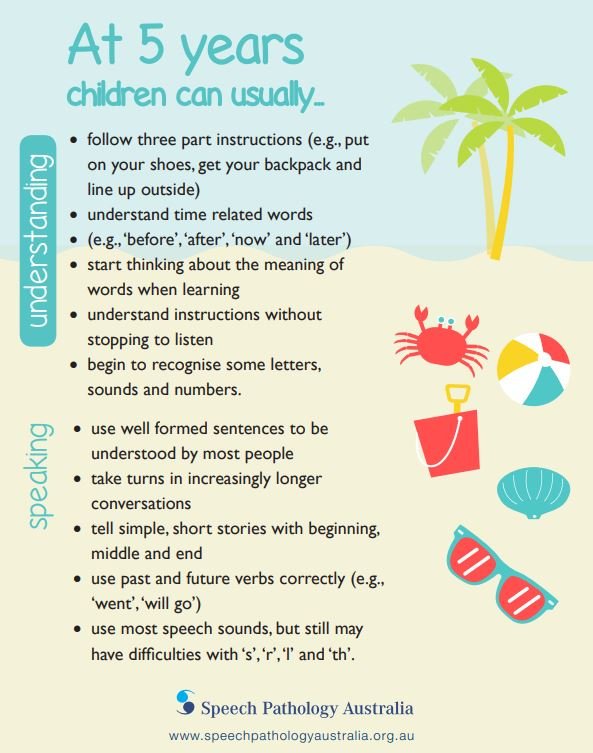Speech and language: What’s the difference?
‘But aren’t speech and language the same thing…?’ This is a common question we get asked as speech pathologists! The simple answer - No. If you’ve identified that your child has a difficulty communicating, then it may be due to speech or language or a combination of both. So how can you tell?
Speech
Speech simply refers to how we say sounds and words. We typically acquire speech sounds as children in an orderly fashion, however sometimes this is not always the case. A speech sound disorder can be characterised as developmentally not appropriate, which is why some children require speech therapy to help remediate their speech errors. A functional speech sound disorder can be attributed to:
Articulation disorder: Difficulties with making a specific sound/s e.g. having a lisp i.e. using ‘th’ instead of ‘s’ due to misplacement of our ‘articulators’ such as our lips and tongue.
Phonological disorder: Difficulties with putting sounds in the right pattern in words i.e. being able to say the sounds correctly but not using them appropriately e.g. using ‘d’ for ‘g’. Instead of saying ‘dog’, the production is ‘dod’. Phonological processes are typical errors made by children when developing speech sounds. Phonological disorder occurs when these errors persist beyond approximate ages of elimination.
Common phonological processes in children and ages typically remediated:
Language
Language refers to the words we use and how we use them to make meaningful interactions with others.
Receptive language commonly refers to understanding of words being said while expressive language involves combining words together appropriately to express thoughts and ideas. Children need to understand spoken language first before they can adequately use language to express themselves.
Receptive and/or expressive language disorder may occur when a child has difficulties understanding or using language appropriately. This may translate into verbal expression, but also into literacy skills such as reading and writing and social skills.
The following are some common features (but not always present) of a language disorder:
Difficulties with following instructions
Limited vocabulary usage
Use of short sentences instead of longer and complex sentences
Difficulties with providing information or retelling events or stories
Sentences with poor grammar and word order
Reliance on visual information rather than verbal information
Difficulties ‘listening’
Not all children who have the above features will necessarily present with a language disorder.
A child’s communication skills is multifactorial! If you are concerned with your child’s speech and/or language, contact the team at Necessity Kids to get in touch with a speech pathologist.


